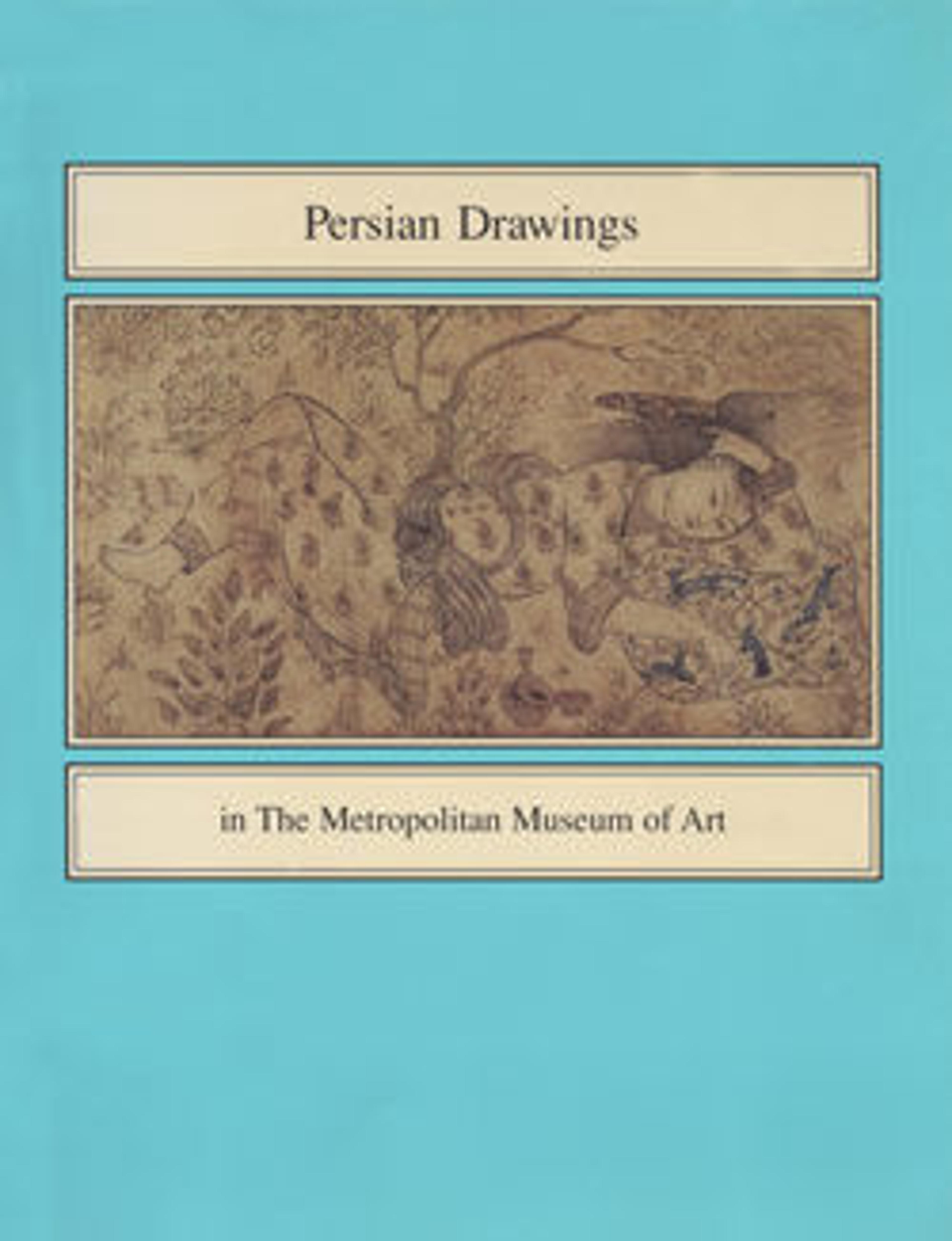Decorative Drawing
Ornamental brush drawings with lush foliage bearing a variety of human figures, animals, masks, heads, and often, though not here, mythological beasts first appeared in the Jalayrid court in the late fourteenth century. The genre flourished in the Timurid period in Herat when this drawing appears to have been made, as indicated by the figure style. The tradition later made its way to the Ottoman court in Istanbul where it continued with exceptional vigor. While all of them rely on a strongly calligraphic basis for the design, those of the Timurid period were executed with particular finesse.
Artwork Details
- Title:Decorative Drawing
- Date:first half 15th century
- Geography:Attributed to present-day Afghanistan, Herat
- Medium:Ink, watercolor, and gold on paper
- Dimensions:H. 5 1/2 in. (14 cm)
W. 4 in. (10.2 cm) - Classification:Codices
- Credit Line:Rogers Fund, 1941
- Object Number:41.46
- Curatorial Department: Islamic Art
More Artwork
Research Resources
The Met provides unparalleled resources for research and welcomes an international community of students and scholars. The Met's Open Access API is where creators and researchers can connect to the The Met collection. Open Access data and public domain images are available for unrestricted commercial and noncommercial use without permission or fee.
To request images under copyright and other restrictions, please use this Image Request form.
Feedback
We continue to research and examine historical and cultural context for objects in The Met collection. If you have comments or questions about this object record, please contact us using the form below. The Museum looks forward to receiving your comments.
